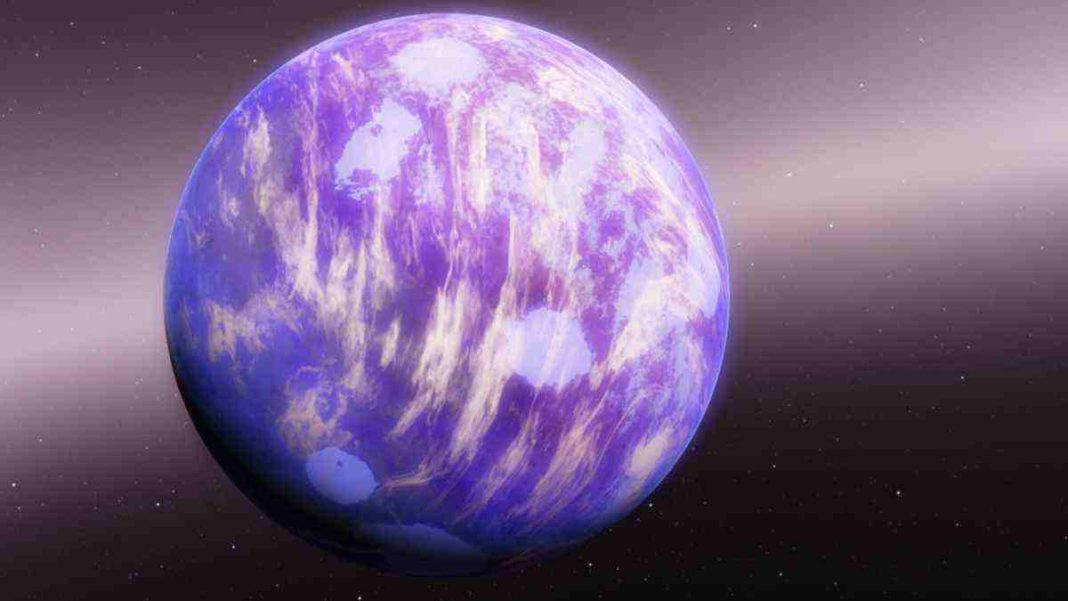UNITED STATES: NASA has officially confirmed the existence of more than 5,500 exoplanets located outside our solar system, marking a significant milestone in our quest to unravel the mysteries of the cosmos.
These newly confirmed exoplanets, comprising a diverse array of celestial bodies, have been cataloged in NASA’s Exoplanet Archive, with each discovery rigorously vetted and authenticated through multiple detection methods.
The announcement comes after a 31-year journey of astronomical discoveries that have reshaped our understanding of the universe.
Among the most recent additions to this ever-expanding celestial family are six exoplanets: HD 36384 b, TOI-198 b, TOI-2095 b, TOI-2095 c, TOI-4860 b, and MWC 758 c. These newfound planets offer a wide spectrum of characteristics, from small, rocky worlds akin to our own Earth to “super Earths” surpassing our planet’s size, gas giants dwarfing Jupiter, and “mini-Neptunes.”
One of the remarkable aspects of these exoplanets is their sheer diversity. Some of them orbit two stars simultaneously, akin to the iconic binary sunset depicted in science fiction, while others stubbornly encircle the remnants of collapsed, deceased stars.
The journey to this astronomical milestone began in 1992 when scientists first confirmed the presence of exoplanets in our galaxy. Twin planets, aptly named Poltergeist and Phobetor, were identified orbiting the pulsar PSR B1257+12. This groundbreaking discovery ignited a passion for exploring the unknown, leading to a continuous stream of findings.
The effort to detect and study exoplanets has been a collaborative endeavor, involving a plethora of both space and ground-based instruments and observatories. NASA’s Transiting Exoplanet Survey Satellite (TESS), launched in 2018, has played a pivotal role by identifying thousands of exoplanet candidates and confirming over 320 planets.
In addition to TESS, NASA’s flagship space telescopes, including Spitzer, Hubble, and the recently launched James Webb Space Telescope, have significantly contributed to the catalog of exoplanets.
This achievement underscores the remarkable progress in our understanding of the universe and raises intriguing questions about the potential for habitable worlds beyond our solar system.
As scientists continue to explore and analyze these distant planets, the quest to discover life beyond Earth remains a tantalizing possibility.
Also Read: NASA’s LRO Discovers Luna-25’s Lunar Grave, Marks End of Russia’s Moon Mission



